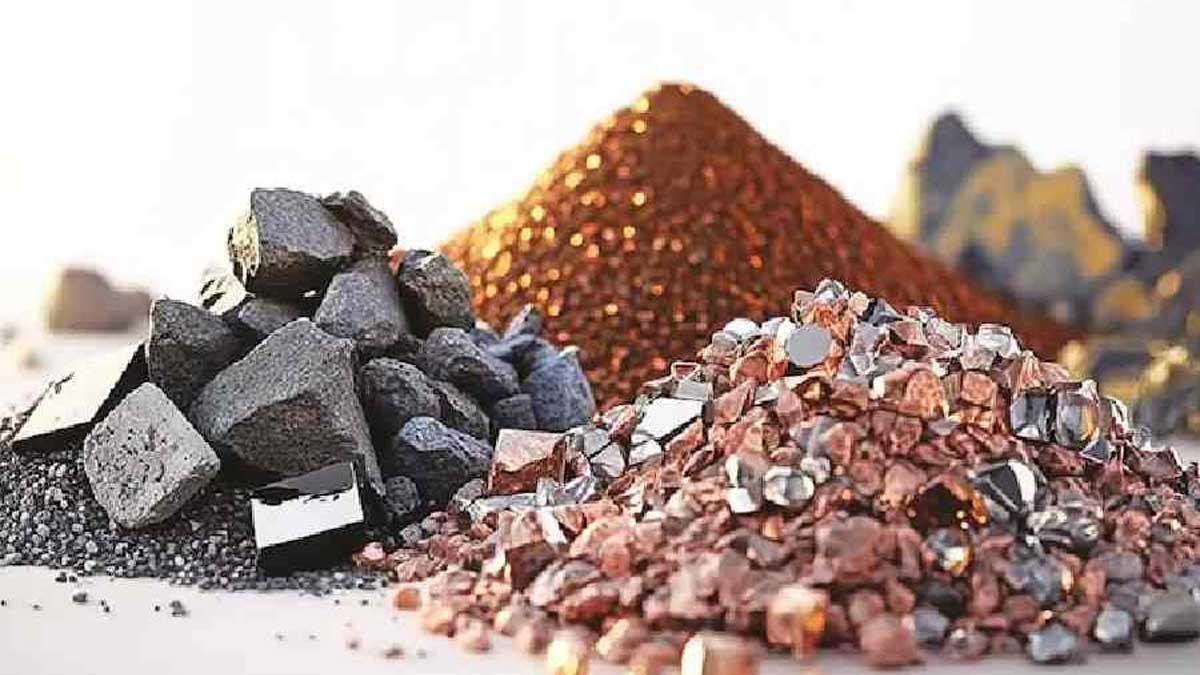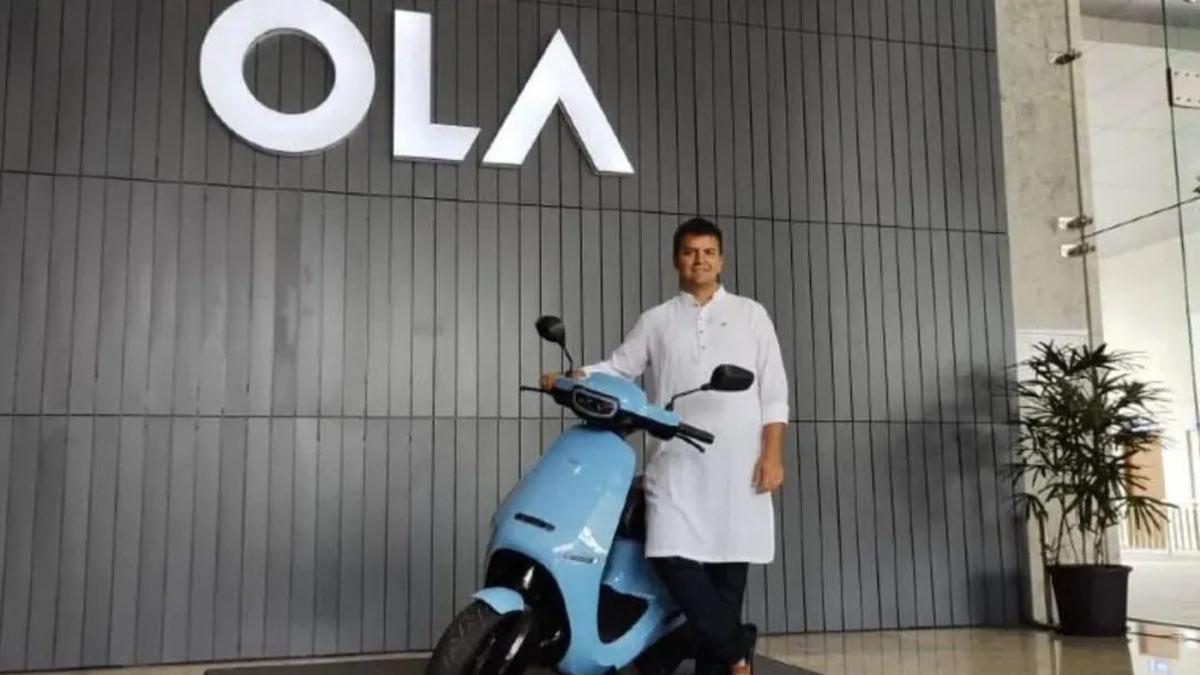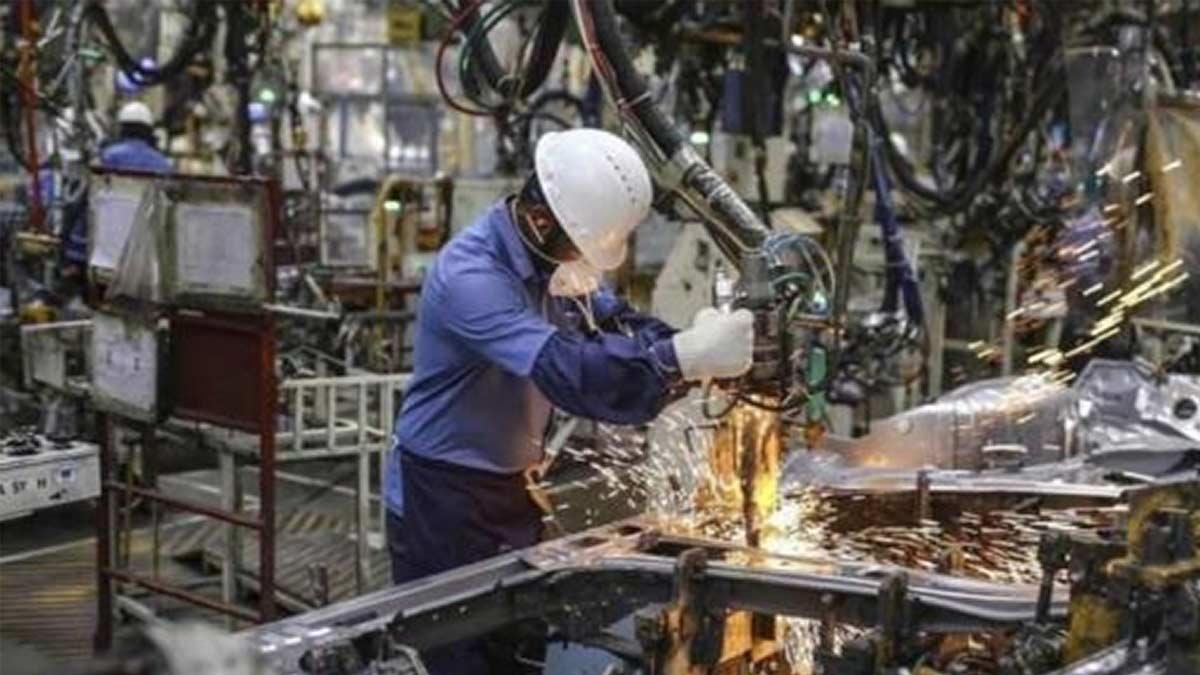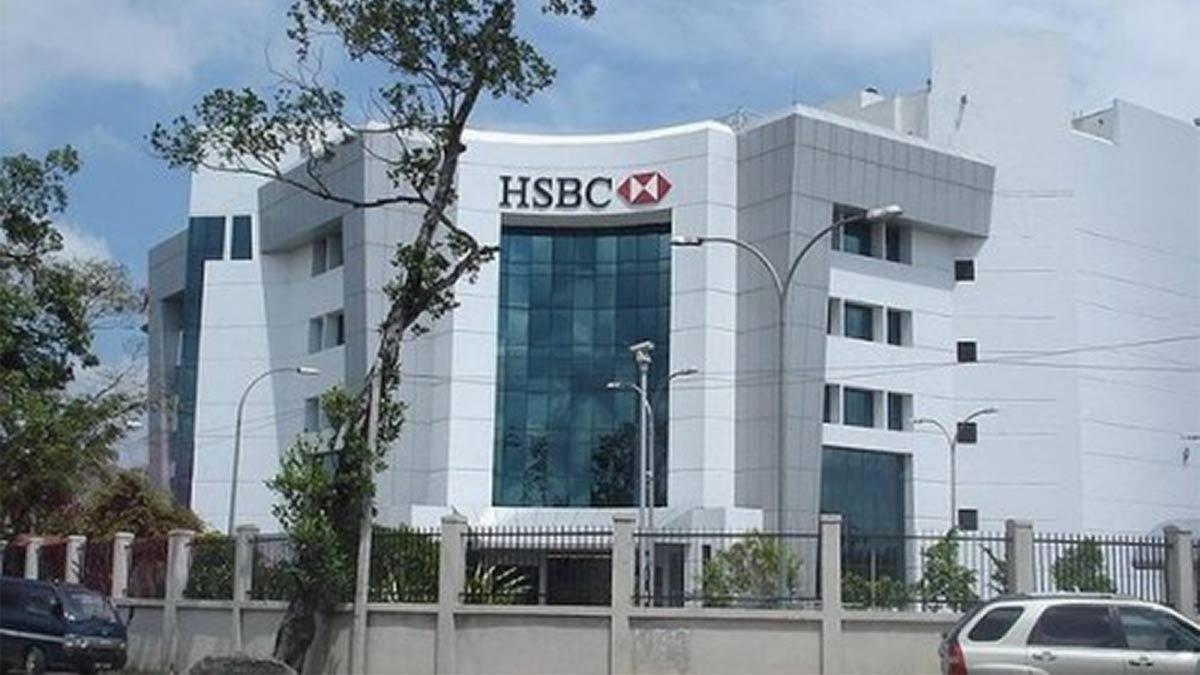The Ministry of Mines has established May 16 as the final date for the procurement of tender documents to participate in the e-auction for seven pivotal mineral blocks in the third tranche round. The deadline for submitting these documents is May 21.
It's clarified by the Ministry that these seven blocks were part of the 11 initially announced for auction, which were later annulled due to insufficient Technically Qualified Bidders (TQB). Furthermore, the e-auction process for 18 blocks in the second tranche is currently underway, with the final date for purchasing Tender Documents set for May 10, 2024, and the bid submission deadline on May 15.
Additionally, the Ministry has informed that the second round of e-auctions for six blocks has concluded according to the schedule. A decision regarding the Kundol Nickel and Chromium Block of Gujarat will be made by the designated authority in due course.
The significance of critical minerals such as lithium, chromium, nickel, graphite, cobalt, titanium, and rare earth elements (REE) cannot be overstated, as they are crucial for India's economic growth and national security. Presently, the extraction of these minerals is predominantly controlled by a handful of countries like China, posing risks to the supply chain due to geopolitical uncertainties.
These critical minerals are indispensable for various sectors including electronics, electric vehicles, renewable energy, defense, telecommunications, agriculture, pharmaceuticals, and the establishment of gigafactories. Given their high demand, India heavily relies on imports to meet its requirements. With the future global economy poised to rely heavily on technologies dependent on these minerals, India has set ambitious targets, aiming to achieve 50% of its cumulative electric power installed capacity from non-fossil sources by 2030. This commitment to energy transition is expected to drive demand for electric vehicles, wind and solar energy projects, and battery storage systems, consequently amplifying the demand for critical minerals.
Read also | India's Foreign Exchange Reserves Continue Ascending for the Fifth Consecutive Week


















